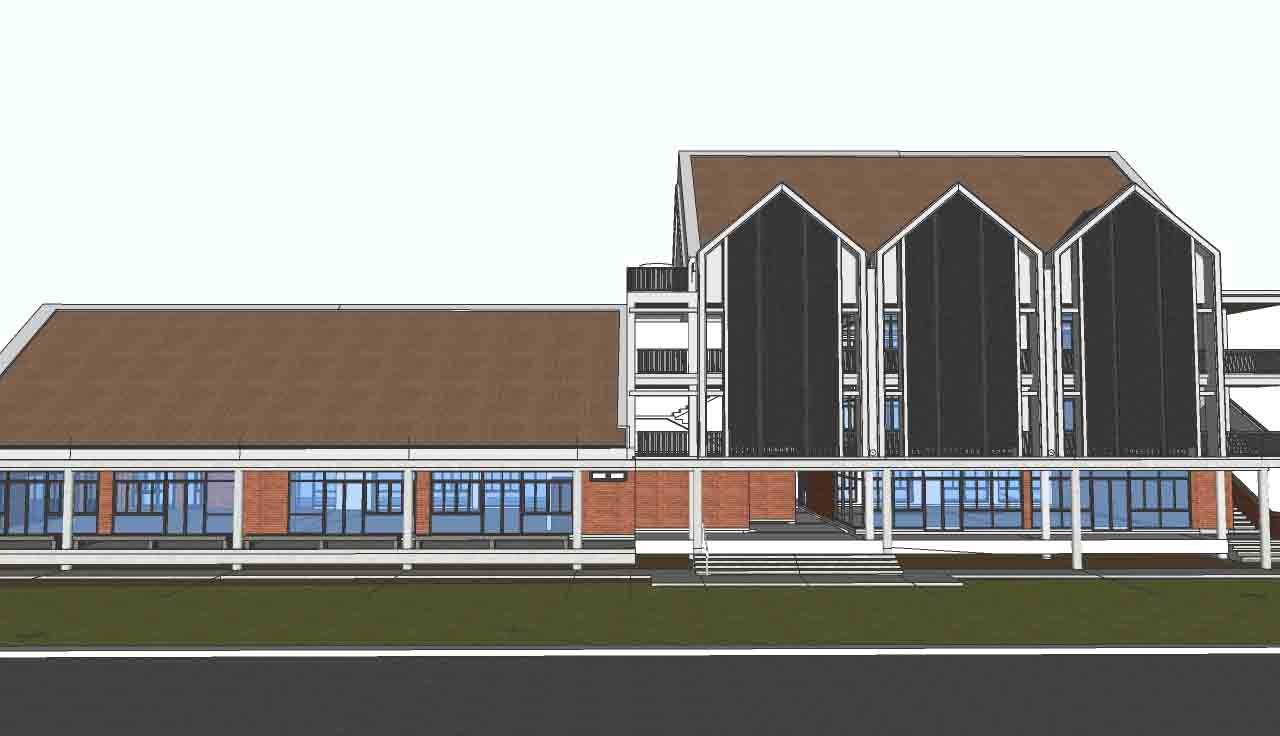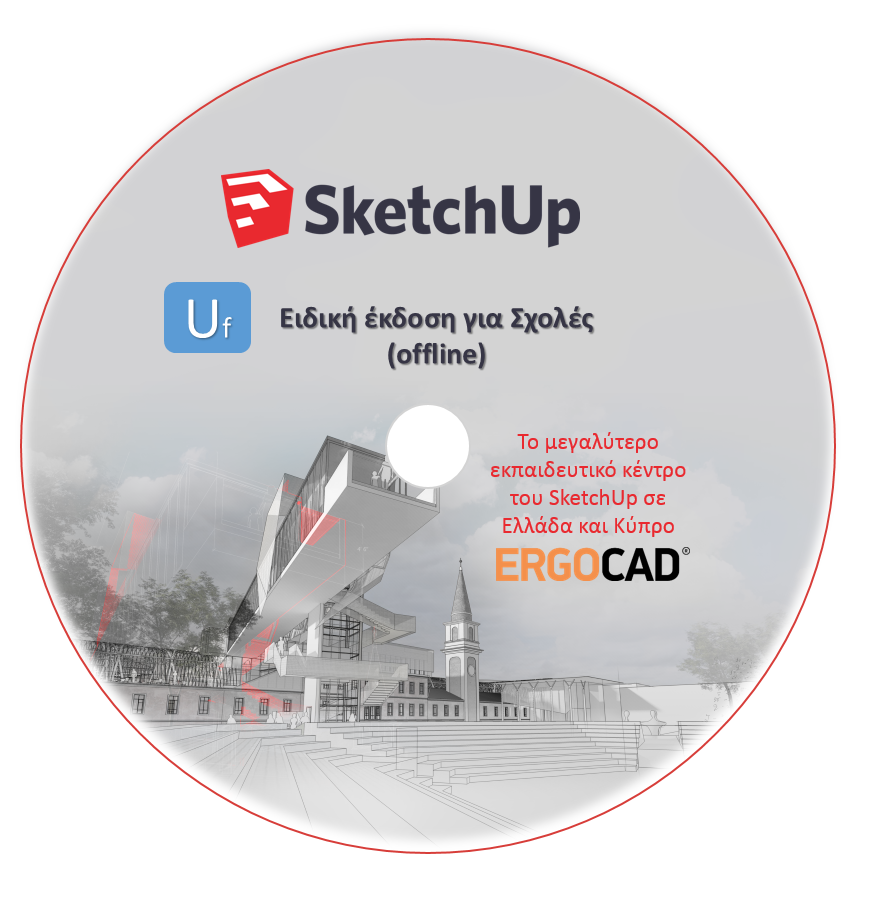
Please refer to the previous lecture for the information.ĭownload this file for your practice: Vray Lecture-Eames house-01A-Lecture ready.skp
CREATING TEXTURES IN SKETCHUP FOR SCHOOLS HOW TO
In the previous lecture, I showed how to import the Revit model to the SketchUp model and apply the SketchUp material. I only added SketchUp Glass on the model. This tutorial will demonstrate how you create a rendering based on the Eames House 3D model from the Revit model. Using a completed Revit model for better rendering results, you can use V-RAY after building all of the models and then applying materials and lighting through V-RAY. For example, if you directly build all of the models in the SketchUp file and apply the materials while modeling, you can use the V-RAY at any time, even at the beginning of the modeling. How do we prepare your SketchUp model for a V-RAY rendering? It depends on your process of work. Render setting for a REALTIME V-RAY RENDER – a preview mode Additionally, you can adjust the rendered image with various tools, like exposure level, white balance, hue/saturation, levels, and curve. To open advance edit mode, click a small arrow on the right side of the Asset Editor.įrame Buffer window allows you to see the render process and result and save the render results in different image formats, such as JPG, PNG, TIFF, and more. To open the material library, click a small arrow on the left side of the material Asset Editor. Also, you can start to render and open frame buffers to see the results. You can deal with materials, lightings, objects, and render settings.

You can create, save, open, and adjust the settings in this window.
CREATING TEXTURES IN SKETCHUP FOR SCHOOLS INSTALL
Watch this video guide: How to Download and Install V-Ray for Sketchup Pro – Easy, Quick, Free Trial Version by jbdtube. Select and download V-Ray for your appropriate SketchUp version.Click Download V-Ray for SketchUp trial.Click TRY on the top right corner of the screen.


Instead of interacting with data on a 2D desktop screen, researchers and decision makers can immerse themselves in virtual environments where geospatial data are represented in intuitive, immersive, and flexible ways. Immersive technologies such as Oculus Rift, Samsung GearVR, HTC Vive, are revolutionizing how places and data are viewed and analyzed.


 0 kommentar(er)
0 kommentar(er)
